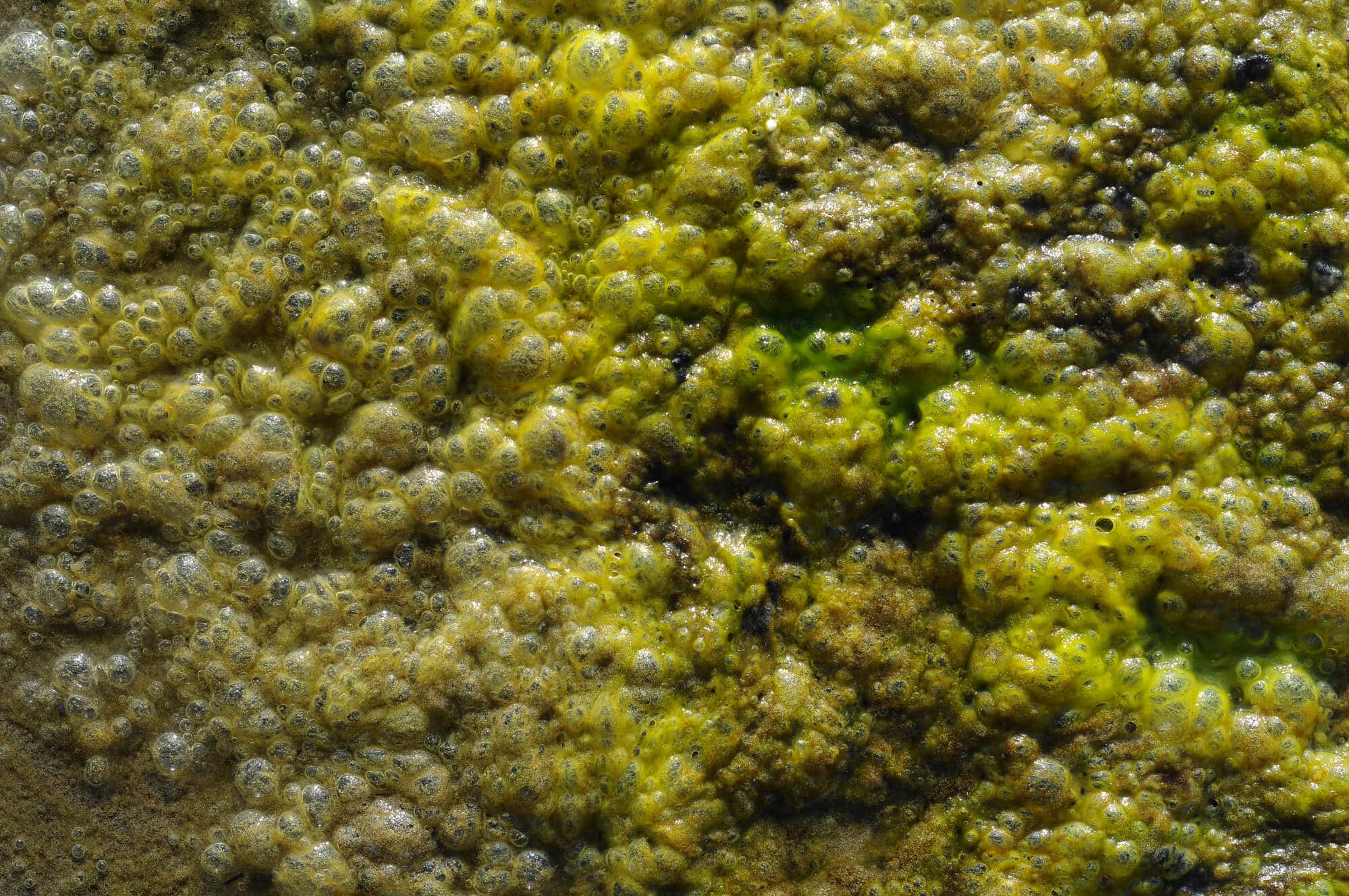Researchers from Tel Aviv and Berkeley: the algae that grow close to the mouths of the streams know how to absorb the nitrogen so that it conforms to the environmental standards and prevent its dispersion in the sea. In this way, we actually produce a kind of "natural purification facility" that has both a significant ecological value and a significant economic value
A new study by Tel Aviv University and Berkeley University offers a model according to which the establishment of algae farms near the mouths of streams greatly reduces nitrogen concentrations in the stream and prevents environmental pollution in the streams and seas. The research was conducted under the leadership of doctoral student Miron Zolman, under the joint guidance of Prof. Alexander Gulberg from the Porter School of Environmental and Earth Sciences and Prof. Alexander Liberzon from the School of Mechanical Engineering at Tel Aviv University. The research was conducted in collaboration with Prof. Boris Rubinsky from the Faculty of Mechanical Engineering at the University of Berkeley. The study was published in the prestigious journal Communications Biology.
As part of the research, the researchers built a model of a large seaweed farm for growing Mediterranean kelp close to the mouth of Nahal Alexander, hundreds of meters from the open sea. Nahal Alexander was chosen because the stream discharges polluting nitrogen from the nearby fields and the settlements upstream to the Mediterranean Sea. The data for the model was collected over two years from controlled cultivations and cultivation in seawater.
The researchers explain that nitrogen is an essential fertilizer for terrestrial agriculture, but it comes with an environmental price tag. As soon as the nitrogen reaches the sea, it is dispersed randomly, harming different ecosystems. As a result, the country today spends a lot of money on treating nitrogen concentrations in the water and there are international agreements that limit nitrogen loading during the day, including in the Mediterranean Sea.
"My lab researches basic processes and develops technologies for aquaculture", explains Prof. Gulberg. "We are developing technologies for growing algae in the sea in order to fix carbon and extract from them various substances such as proteins and starches, with the aim of producing the agricultural produce in the sea as well. In the research, we showed that if the algae are grown according to the model we developed, close to the mouths of the streams, they know how to absorb the nitrogen so that it meets the environmental standards, prevent its dispersion in the water and thus neutralize the environmental pollution. In this way, we actually produce a kind of "natural purification facility" that has both a significant ecological value and an economic value since the algae can be sold as biomass for human use.
The researchers add that the mathematical model succeeds in predicting the yields of the farms and linking the yield of algae and their chemical composition to the concentration of nitrogen in the stream. "Our model allows marine farmers, as well as government and environmental bodies, to know in advance what the impact will be and what the products of a large algae farm will be - before actually establishing the farm," adds Miron Tzulman. "Thanks to mathematics, we know how to make the adjustments to grow large farms and maximize the environmental benefit, including the production of the protein quantities we desire from an agricultural point of view."
"You have to understand that the whole world is going in the direction of green energy and seaweed can be a significant source," adds Prof. Liberzon, "yet today there is not a single farm with the technological and scientific ability that we have demonstrated. The barriers here are also scientific: we don't really know what the impact of a huge farm will be on the marine environment. It's like going from a vegetable garden at home to endless fields of industrial agriculture. Our model provides some of the answers, hoping to convince decision makers that such farms will be both profitable and environmentally friendly. And it is also possible to imagine even more far-reaching scenarios. For example, green energy. If we knew how to use the growth rates for energy in better percentages, it would be possible to go on a year's cruise with a kilogram of algae, without needing additional fuel beyond the production of biomass in a marine environment."
"The interesting connection we are proposing here is the cultivation of algae at the expense of nitrogen treatment", Prof. Goldberg concludes. "Actually, we developed a planning tool for building algae farms in estuaries, which will allow both to address the environmental problem and to derive economic benefit. We propose the planning of farms to grow algae in the flows of streams with a lot of nitrogen from agriculture, to restore the stream and prevent the nitrogen from reaching the sea and also to grow the algae themselves for food. In this way, marine agriculture complements terrestrial agriculture."


3 תגובות
Thanks for the fascinating research summaries! and also for attaching the link to the full articles
It is better to build ponds with water hyacinth on land and combine it with Kate and vacation
It is impossible to direct the direction of the stream of water coming out of the stream to a marine farm and the algae will also contain dangerous substances
Yes. The idea is not new and it is actually very good but there are drawbacks. Nitrogen (and phosphorus) is a very important pollutant in streams that contributes greatly to the development and growth of biomass. The problem is that there are sometimes other pollutants that are absorbed in the biomass and make its use limited. In any case, this contributes greatly to the aquatic environment and has the economic potential to feed the entire world with plants and fish.